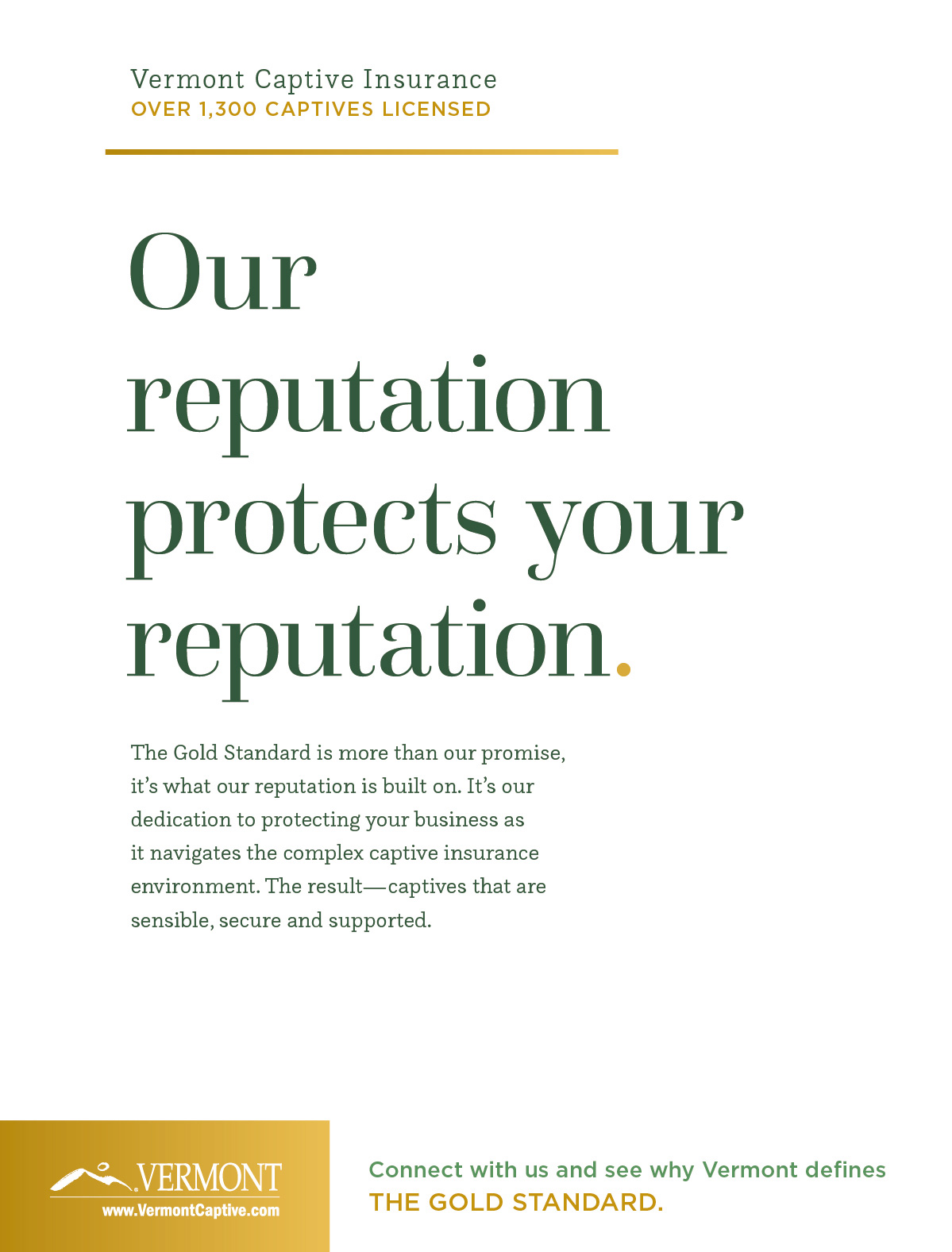Paul Owens
Willis Global Captive Management
Willis Global Captive Management
Paul Owens, CEO of the newly formed Willis global captive management practice, reveals why its North American, European and international captive operations are being brought together to form a single cohesive business
Why did Willis decide to bring its North American, European and international captive operations together to form a single cohesive business?
Dominic Casserley joined as CEO of Willis in January 2013. The first focus was a strategic review of the group, particularly what clients really want. As part of this review, Willis had multiple big projects running last year, with one looking at how the various parts of the business connect for the client’s benefit, ‘Connecting Willis’. As a group, Willis is huge. It employs 17,000 people, but they are spread across the globe, and clients’ increasing demands require access to all of its products and expertise. The question we had to ask ourselves was: how do we deliver the combined power of Willis to deliver the client’s solution?
The answer, after a huge amount of work, was to begin refocusing the way Willis serves its clients into a matrix structure, so that geography and industry groups lead the way, with product groups supporting those dimensions. Let me give an example of this in practice: Willis is the market leader in the global aviation market and has been the flagship broker for a large US airline for years.
However, Willis only delivers hull and liability solutions to it. With the way the market is moving, the airline is looking at different ways of retaining, managing or offloading its risk. Following the refocus, each industry group—initially there will be six: transportation, financial institutions, construction, natural resources, healthcare, and technology, media and telecommunications, but increasing every year—is charged with delivering all of Willis’s capabilities to that industry. Product, which supports the industry groups across all geographies, will deliver specific solutions from broking to alternative risk financing, needs to access and support that strategy, which is why Willis is bringing captives together—for our clients benefit.
How will this refocus affect the global captive management business?
Until now, the global captive management business has been fragmented around the group, so it has had pockets of captive advisory expertise and captive management teams. With the refocus, we have consolidated North America and Europe, and then all of the outlying international operations. Bringing the captive business together was an obvious next step, because most of Willis’s clients and prospects are global. We have clients that may have captive solutions in Dublin, Bermuda, and are looking at expanding into other domiciles such as Vermont, so the captive business needs to be able to respond to those clients’ needs.
How can the new global captive management practice benefit clients in practice?
Our real captive expertise is sitting in domiciles and under the refocus, we can start to share that expertise with other areas. For example, in Vermont, we are very strong in risk retention groups (RRGs), particularly in the medical malpractice area and non-for-profit organisations. This has been driven by the economics of those organisations.
We also see an increasing demand arising out of Obamacare that is creating problems for our clients for which our captive expertise can provide solutions. Now, those activities and ideas are potentially solutions for other global clients, and by joining the captive business up, Willis can begin to share and deliver that expertise.
Staying with the RRG example, they are very much US-focused. But there is interest in the concept in other parts of the world, so Willis can use our existing framework to potentially provide similar solutions to other client groups.
Thinking out of the box such client groups could be professional firms—solicitors, architects in Europe or engineering firms in Asia. We have the expertise to deliver this, and as well as the systems, processes and way of thinking.
Is Asia a target for Willis?
Willis has been instrumental in supporting the establishment of the second Chinese captive, Sinopec (China Petroleum & Chemical Corporation), and we believe that, along with recent pronouncements coming out of the region that the domiciles are looking at growing captives, by picking out the expertise around the entire Willis global captive business, we can help to develop those markets for our clients.
We see Asia as a long-term play, working with local companies, regulators and government officials to establish their captive frameworks. But of course, Willis is the largest broker in China, with more than 20 local offices, so one leads to the other and a lot of our clients are talking and asking the questions. They hear this going on and talk to us because we have the solutions for them.
As we know, Chinese companies are also global and are now asking for alternative risk financing solutions for their overseas operations. We only see this demand increasing.
What is on the cards in terms of hiring new employees and investing in new technology?
I’m trying to build the business for our clients and we need, see and have opportunities to do that, so we are always on the look out for new people.
Another advantage of bringing this business together is that it becomes visible within Willis. It’s no longer, as per my conversation with a number of the brokers here, the ‘black art of insurance’. It used to be seen as something that is not really understood but is done in these funny places. Now, by bringing the Willis captive business together and connecting with Willis, we will be able to serve more and more clients and thus be able to attract investment in people, locations, operations and systems.





